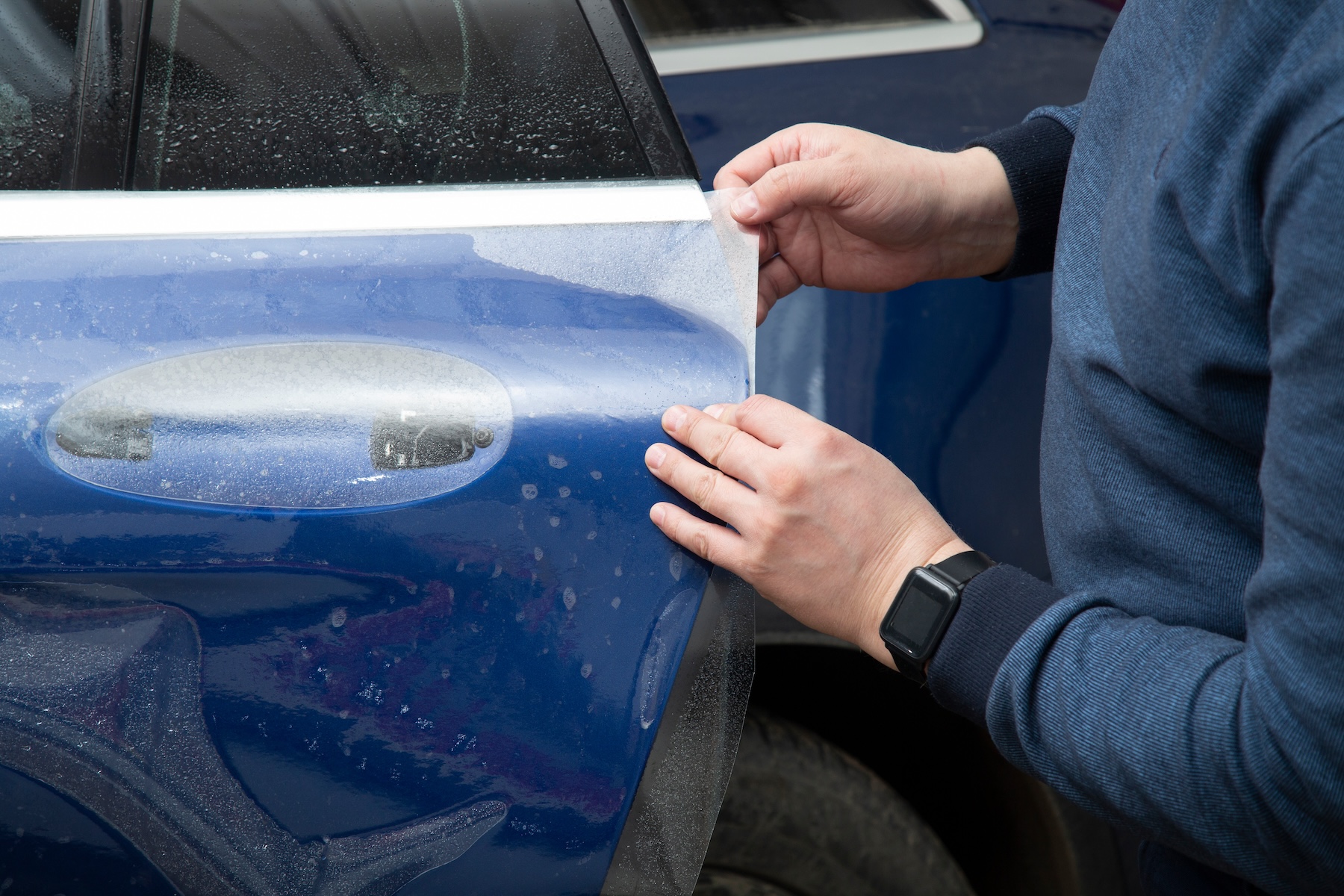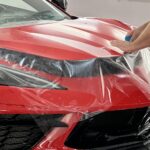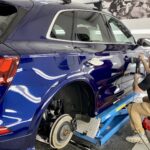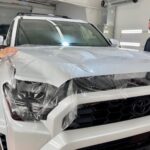Understanding PPF
Paint Protection Film (PPF), also known as clear bra, is a transparent, durable film applied to a car’s painted surfaces. This thermoplastic urethane material is designed to protect the vehicle from scratches, chips, stains, and other environmental damage. PPF is particularly popular among car enthusiasts who want to preserve the pristine condition of their vehicles without altering their appearance.
Benefits of PPF
Superior Protection: PPF provides a robust barrier against road debris, stones, and other hazards that can chip or scratch your car’s paint. Its self-healing properties enable minor scratches to disappear with heat, maintaining a flawless finish.
UV Resistance: PPF blocks harmful UV rays, preventing paint oxidation and fading. This keeps your car looking vibrant and new, even after years of exposure to the sun.
Chemical Resistance: PPF is resistant to corrosive contaminants like bird droppings, tree sap, and acid rain. These substances can cause permanent damage to paint if not removed promptly, but PPF prevents them from making contact with the paint.
Invisible Protection: One of the main advantages of PPF is its transparency. Once applied, it is virtually invisible, allowing your car’s original paint color and finish to shine through.
Ease of Maintenance: Like ceramic coatings, PPF makes your car easier to clean. Its hydrophobic surface repels water, dirt, and grime, reducing the frequency and effort required for washing.
PPF vs. Ceramic Coating
While both PPF and ceramic coatings offer excellent protection for your vehicle, they serve different purposes and can complement each other.
- Protection Level: PPF provides superior protection against physical damage like chips and scratches, making it ideal for high-impact areas such as the front bumper, hood, and side mirrors. Ceramic coatings excel in providing a glossy finish and chemical resistance.
- Appearance: Ceramic coatings enhance the car’s appearance with a high-gloss finish, while PPF is designed to be invisible, preserving the original look.
- Durability: Both options offer long-lasting protection, but ceramic coatings typically require less frequent reapplication compared to PPF, which may need to be replaced after several years.
Professional Installation
Proper installation of PPF is crucial to ensure maximum protection and longevity. Here’s why you should leave it to the professionals:
- Expertise and Experience: Professional installers have the necessary training and experience to apply PPF accurately and efficiently. They can handle complex curves and edges, ensuring a seamless application.
- High-Quality Materials: Professionals use top-tier PPF products that offer better clarity, durability, and self-healing properties compared to cheaper, lower-quality films.
- Warranty and Support: Reputable installers provide warranties on their work, giving you peace of mind and protection against defects or issues that may arise.
Maintaining PPF
To keep your PPF looking its best and prolong its life, follow these maintenance tips:
- Regular Washing: Clean your car regularly with a mild automotive shampoo and a soft microfiber cloth. Avoid abrasive cleaning tools that could damage the film.
- Avoid Harsh Chemicals: Use products specifically designed for PPF. Avoid using harsh chemicals or solvents that can degrade the film.
- Inspect Regularly: Check your PPF periodically for any signs of damage or lifting edges. Address any issues promptly to prevent further damage.
By investing in PPF, you provide your vehicle with a durable shield that maintains its pristine condition and enhances its longevity. When combined with ceramic coating, your car receives comprehensive protection that keeps it looking stunning and protected from a wide range of environmental hazards.









